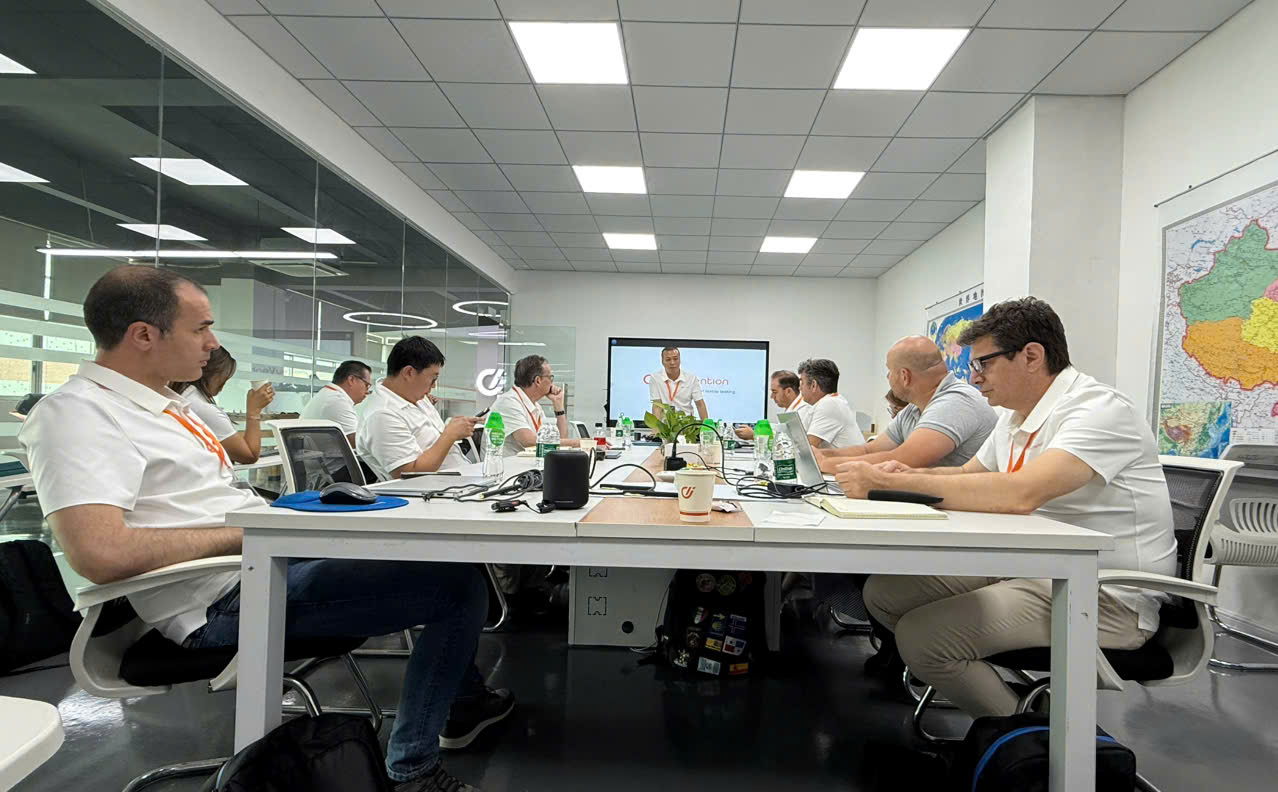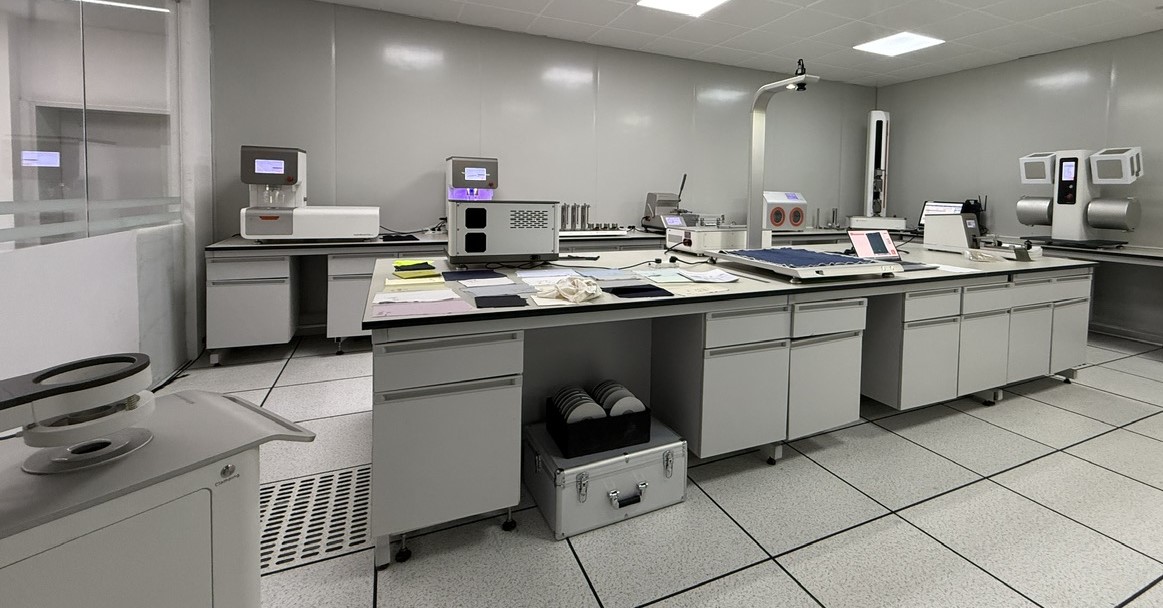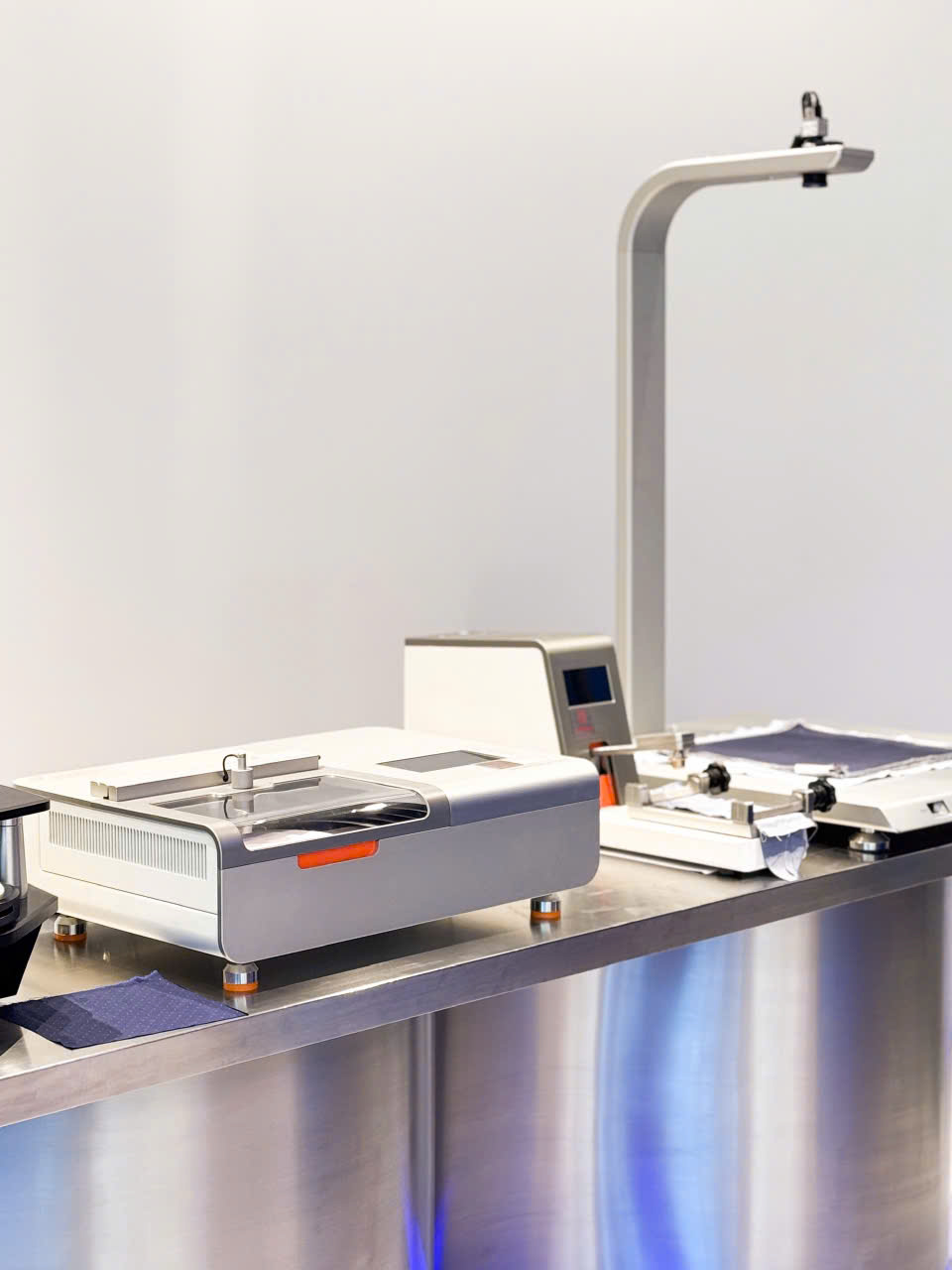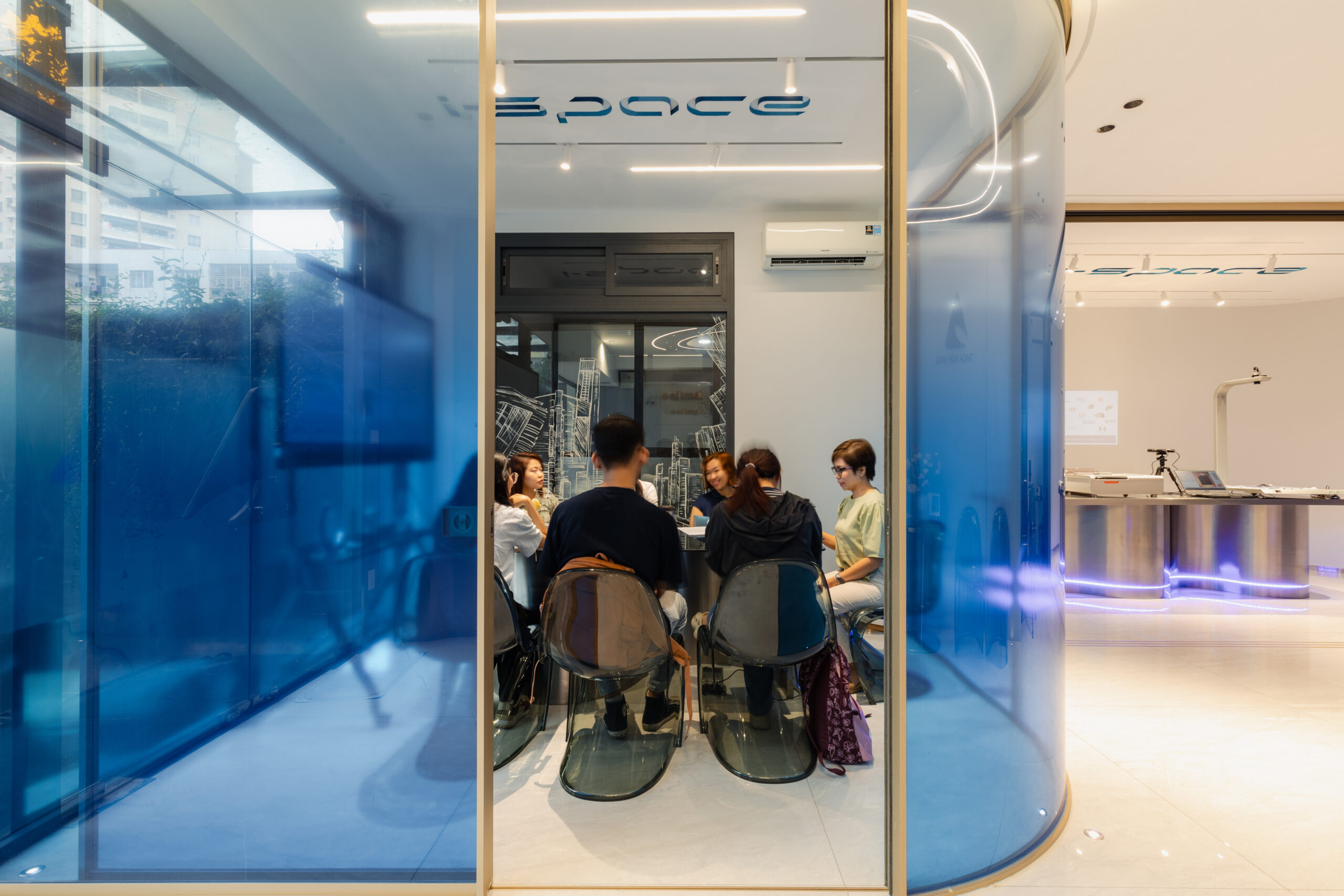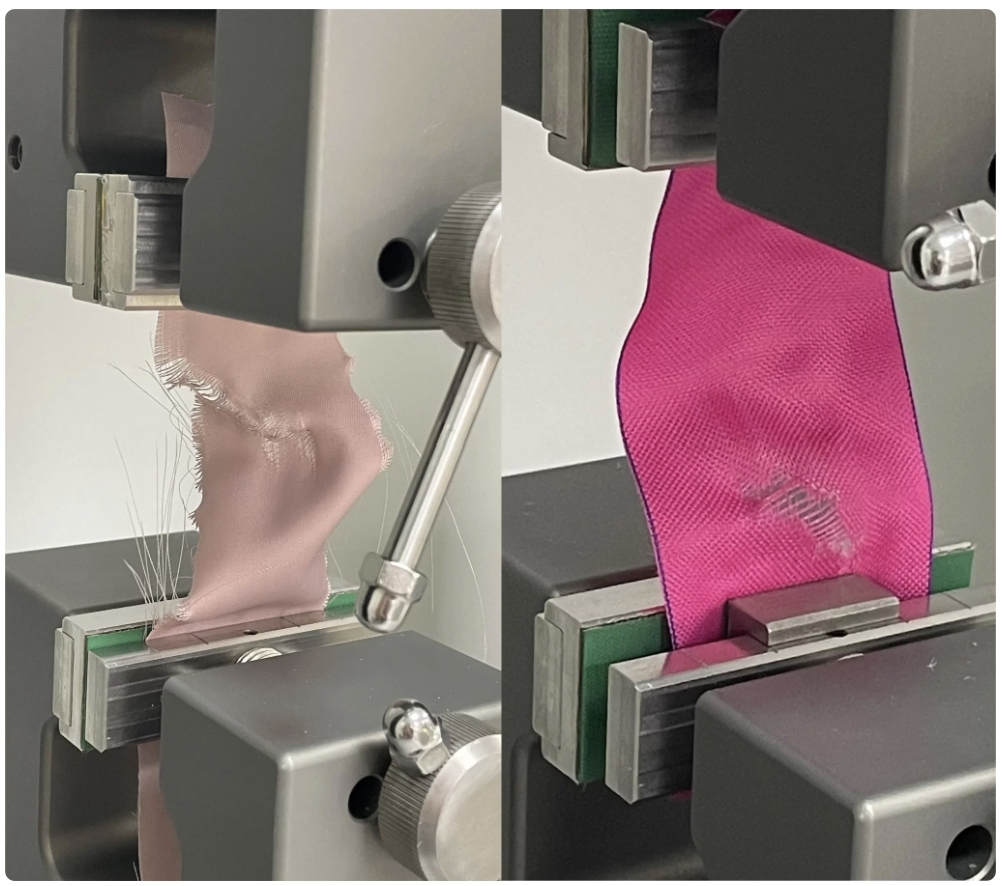Basic tests for Textile testing labs
Setting up a Textile testing lab: Equipment and Tools
The backbone of any testing lab lies in its machinery and instruments.
- Primary Equipment: This includes tensile testing machines for strength tests, abrasion testers for wear resistance, spectrophotometers for color matching, and flammability testers.
- Microscopic Analysis: Microscopes, preferably with digital interfaces, are crucial for examining fiber structures, detecting defects, or determining the composition.
- Climate Control: Since textiles can behave differently under varying humidity and temperature, labs need equipment to maintain and modulate these parameters.
Standard Operating Procedures for Common Tests
Consistency is key, and standardized procedures ensure reliable results.
- Tensile and Tear Tests: Define the sample size, mounting method, speed of testing, and calculation methodologies.
- Colorfastness: Procedures for exposing fabrics to light, washing, or rubbing should be standardized. This includes the duration of exposure and evaluation criteria.
- Flammability Tests: Set exact parameters, such as flame size, angle of testing, and timing, to evaluate how textiles respond to fire.
Calibration and Maintenance of Testing Equipment
Precision instruments demand regular tune-ups.
- Routine Calibration: Regularly calibrate instruments against known standards to ensure accuracy. This might be daily, weekly, or monthly, depending on the machine.
- Maintenance Schedules: Like any machinery, textile testing equipment is susceptible to wear and tear. Periodic servicing, cleaning, and parts replacement are essential.
- Documentation: Maintaining a log of all calibrations and services helps in tracking equipment performance and ensures adherence to standards.


